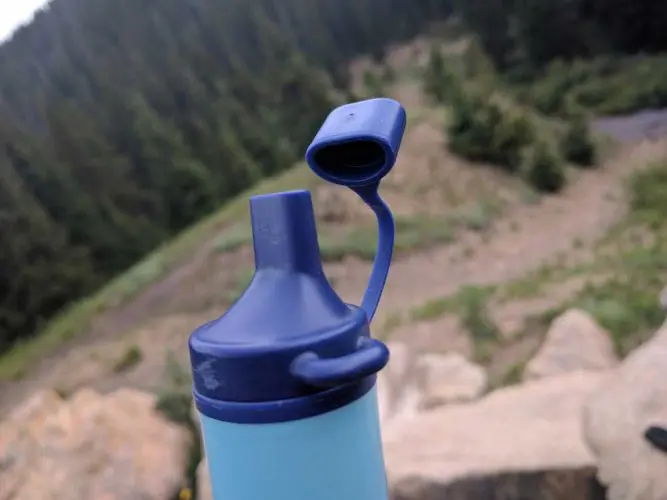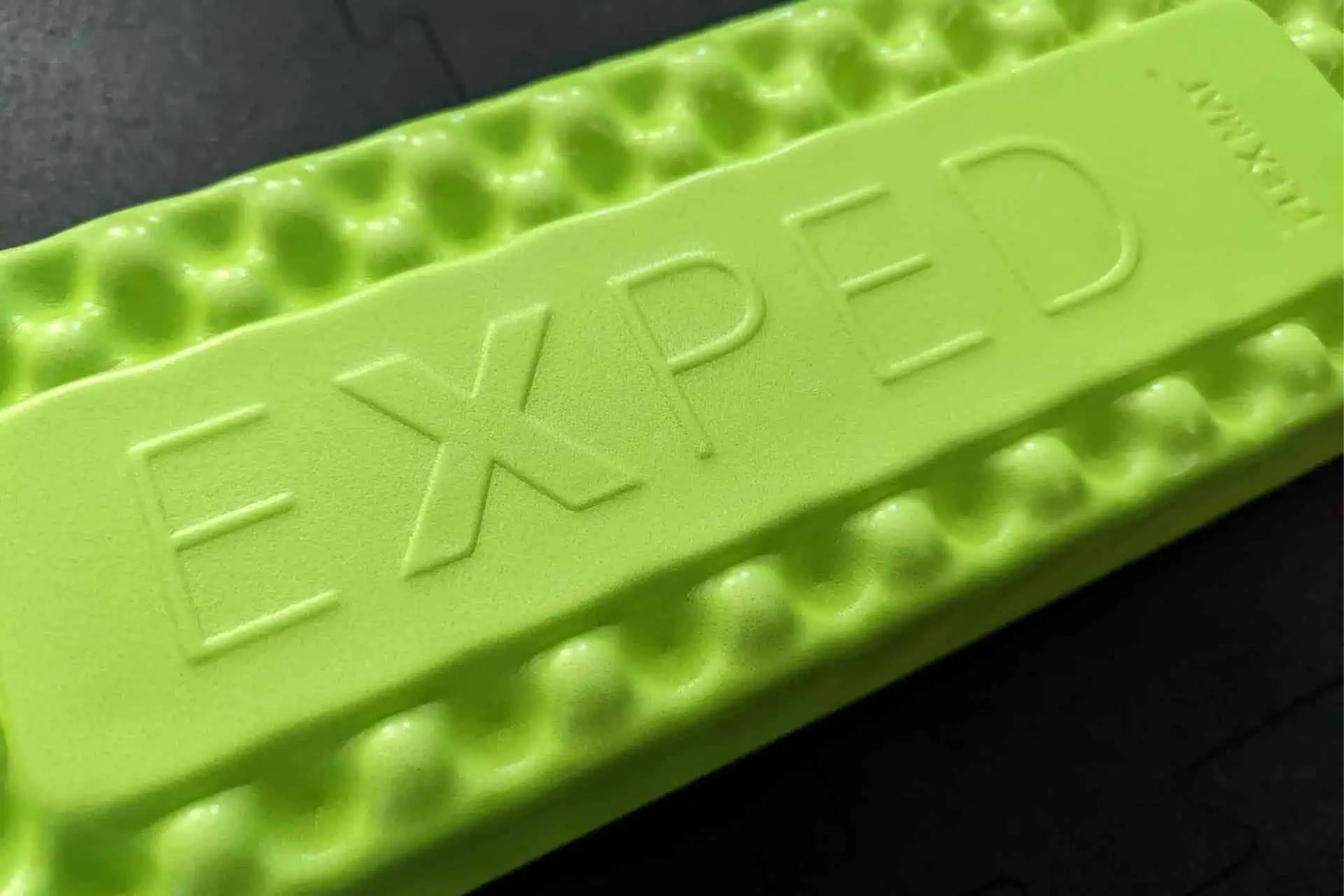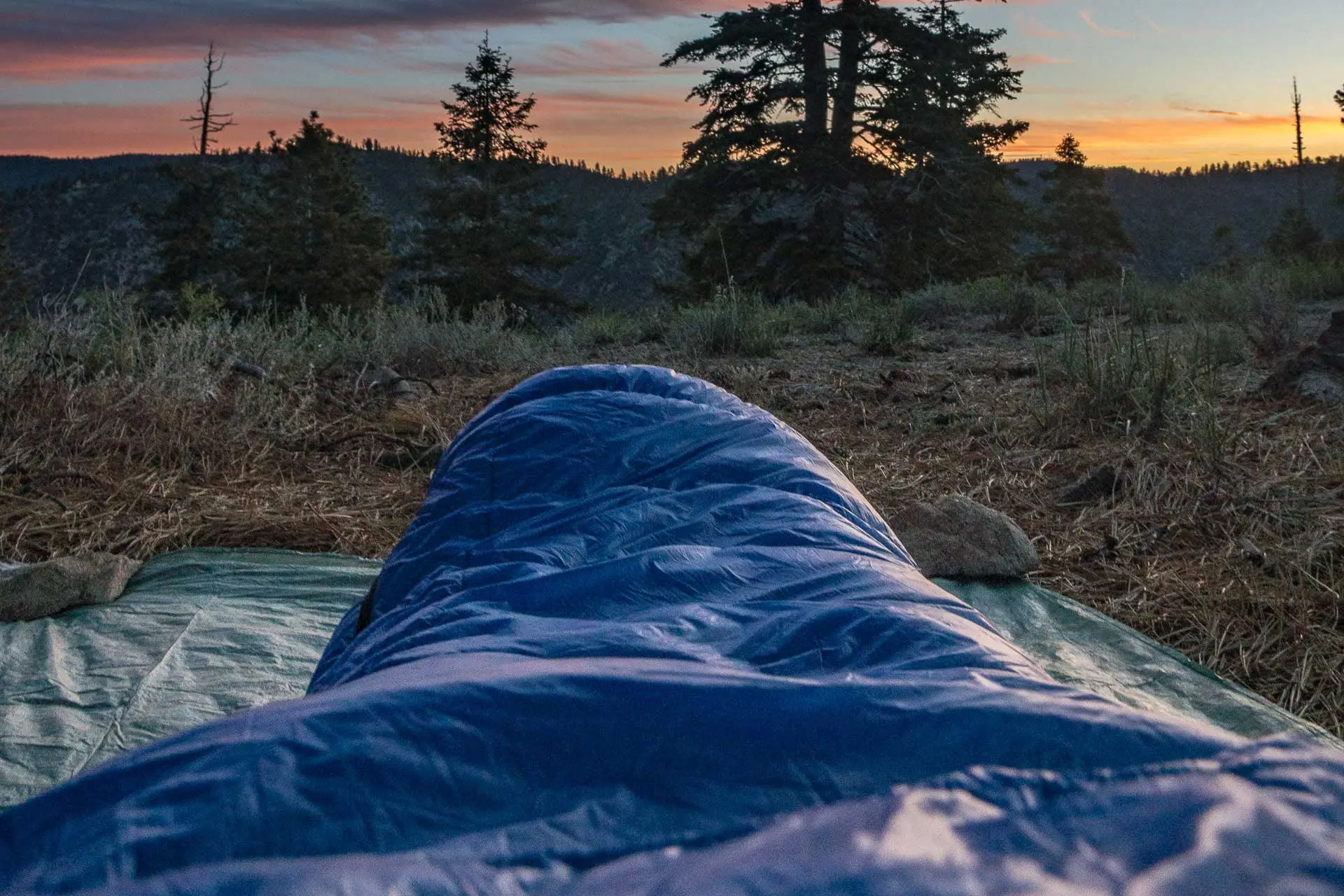LifeStraw Water Filter Review
The LifeStraw is an inexpensive, easy-to-use, hollow-fiber water filter that is marketed as “ideal for hiking, backpacking, camping, travel, and emergency preparedness.” After using a LifeStraw on the Continental Divide Trail, I can certainly see what makes it an attractive option to some people, but I can’t say that it’s for everyone.
The LifeStraw does exactly what it’s intended to do, filter bacteria and protozoa (and whatever other gunk happens to be floating around) from dirty water sources. However, it’s not the most versatile of filters, and it is probably better suited as a backup or a part of an emergency preparedness kit than as a primary filter for the backcountry.


The Specs
- Filter Type: Straw
- Filter Medium: Hollow-fiber membrane
- Removes: Bacteria and protozoa
- Weight 2 oz / 56 g
- Materials: ABS plastic
- Dimensions: 1.2 x 8.8 in / 3 x 22.3 cm
- Available colors: Blue
- MSRP: $19.95 US
The Features
- 0.2-micron filter physically removes 99.9999% of all bacteria and protozoa
- Filters up to 264 gallons / 1,000 liters
- Clean by blowing through the filter after drinking
- Includes removable lanyard (so you can look really cool with your LifeStraw)


The Good
THE SIMPLICITY | The LifeStraw is built to work simply. You only need the LifeStraw to filter water – no bags, no bottles, no tubes, no anything else. Stick the LifeStraw directly into a water source and start drinking – simple as that. If you can drink out of a straw, then you can filter water with a LifeStraw.
THE PRICE | The LifeStraw costs $20 making it one of the most affordable water filters available ($5 less than the Sawyer MINI). If you use it for the entire 1,000-liter lifespan, it works out to be $0.02 a liter. That being said, the Sawyer MINI boasts a lifetime of 378,541 liters – $0.000066 per liter.
THE WEIGHT | At only 2 oz / 56 g, the LifeStraw is one of the lightest water filters available. When I first picked it up I was definitely expecting it to be heavier. It feels so light in your hand that it’s hard to believe that it is actually capable of treating water (it is).


The Okay
THE VERSATILITY | Yes, the LifeStraw is simple and it does what it’s designed to do, filter water. However, it does leave something to be desired in the versatility department. You can stick the filter directly into a water source or you can fill a container and drink from it via the LifeStraw, but that’s it. If you want to filter water and store it in another container, you’re out of luck (more on this below).
THE FUNCTIONALITY | If you have a LifeStraw, and only a LifeStraw, you will need to get your head very close to your water source to drink. This usually means getting down on your stomach. Not be a big deal if you’re next to a nice stream in good conditions, but things change if you find yourself in a bog or trying to drink from a trickle off some rocks. If you’re going to be relying on a LifeStraw for clean drinking water, you had better also have a container that you can fill with water and put the LifeStraw into (regular water bottles will not work – you will need a wide-mouth bottle).
THE CAPS | There are attached caps at both ends of the LifeStraw to cover the holes where you put your mouth and where the LifeStraw pulls water from. I found the cap on the bottom annoying as it would sometimes close when I was drinking from a (wide-mouth) water bottle. The cap on the top is alright, but it stuck a lot. I ended up cutting them both off.


The Bad
THE FILTERING AND STORING | The worst thing about the LifeStraw is that it does not allow you to filter water and store it for later use (that is, not unless you are momma birding that water into a container after each pull from the LifeStraw). If you’re traveling long distances between water sources or want to filter water for food prep, then you will need something other than a LifeStraw with you.
THE FREEZING | One thing you need to be careful of with the LifeStraw is leaving it out in freezing temperatures. If you allow water left behind in hollow-fiber water filters to freeze, then it can damage the filter and render it useless. Should you accidentally let your LifeStraw freeze, there will be no indication whether it is still safe to use; instead, you’ll just have to wait for the giardia to hit a week or two.
THE BACKFLUSH (CLEANING) | A bane of hollow-fiber water filters is that they need to be religiously backflushed (that is, cleaned) to remain functional. Backflushing the LifeStraw is easy enough, blow into it when you’re finished drinking. Simple as that is, I found that despite regularly backflushing (and blowing through the filter was not always easy), I still experienced a noticeable drop in the flow rate.
Who Is It For?
The LifeStraw is a good option if you’re looking to do shorter hikes (one or two nights) somewhere with plenty of water (and if you’ve got yourself a wide-mouth container to fill/drink from). If it’s to be your only water filter, you really want to be somewhere that doesn’t require you to carry water between sources.
It is a good option as a backup water filter when backpacking or traveling in places where water is not safe to drink (so long as the water does not contain viruses).
Despite its drawbacks, LifeStraw’s low price, lightweight, and simple functionality definitely give it practical applications. Check out Lifestraw here.
Affiliate Disclosure: This page may contain affiliate links, which means I may receive small commissions for purchases made via these links at no additional cost to you. This helps to pay the bills and keep the site up and running. Thank you for your support!






